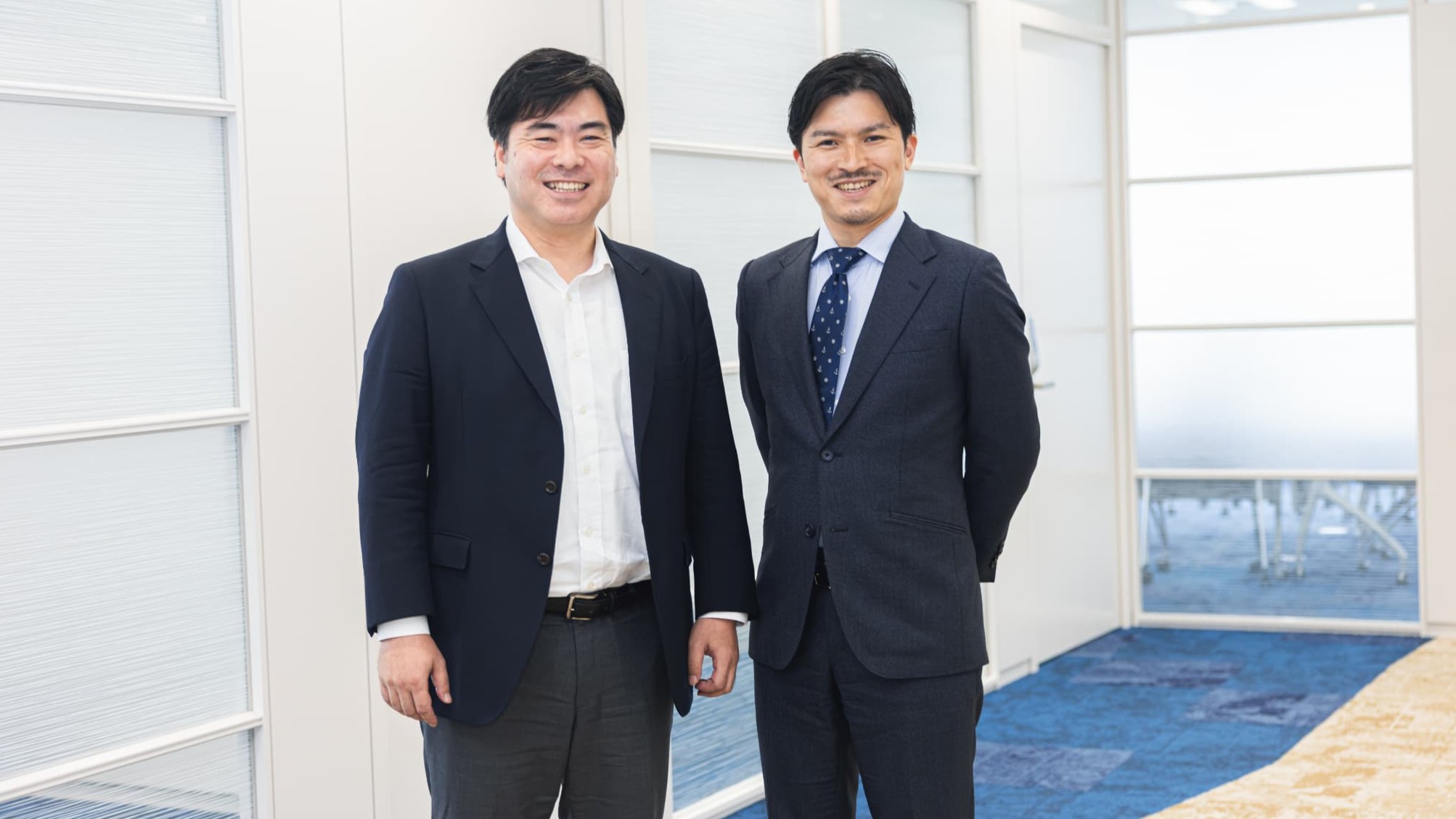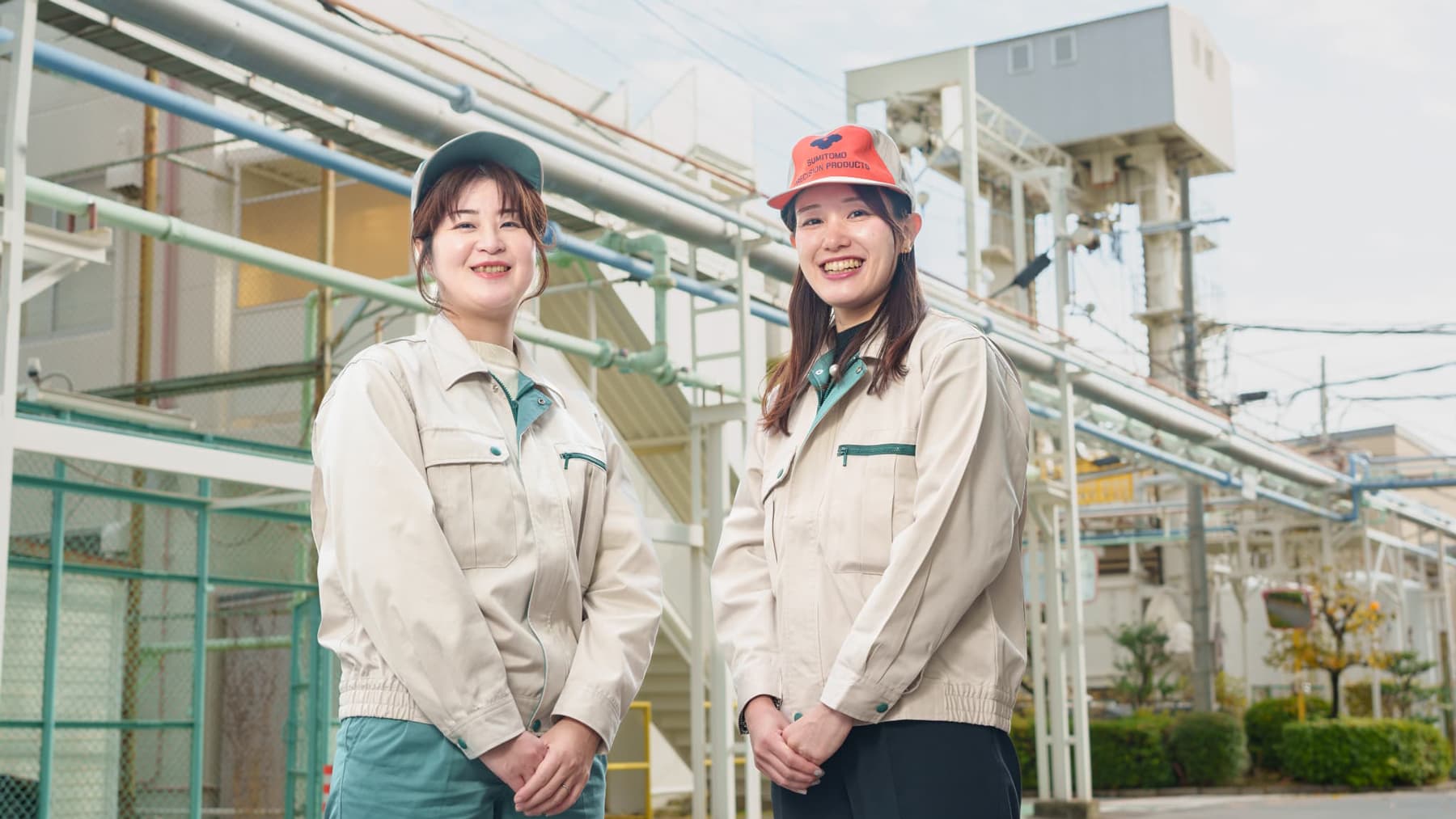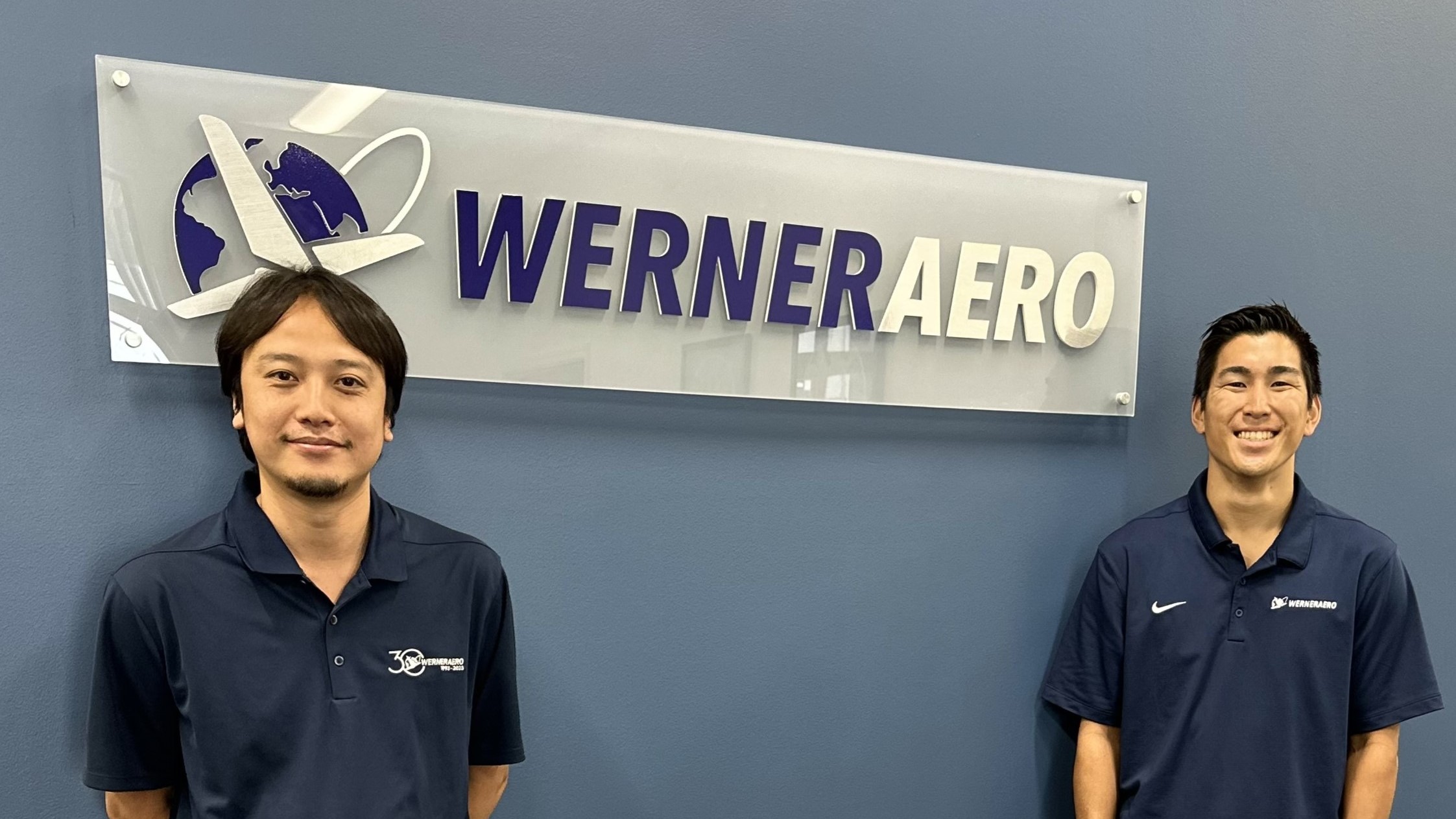
- TOP
- Enriching+TOP
- Supporting International Sea Transportation by Building Nearly 40 Ships a Year
2023.10.1
Business
Supporting International Sea Transportation by Building Nearly 40 Ships a Year
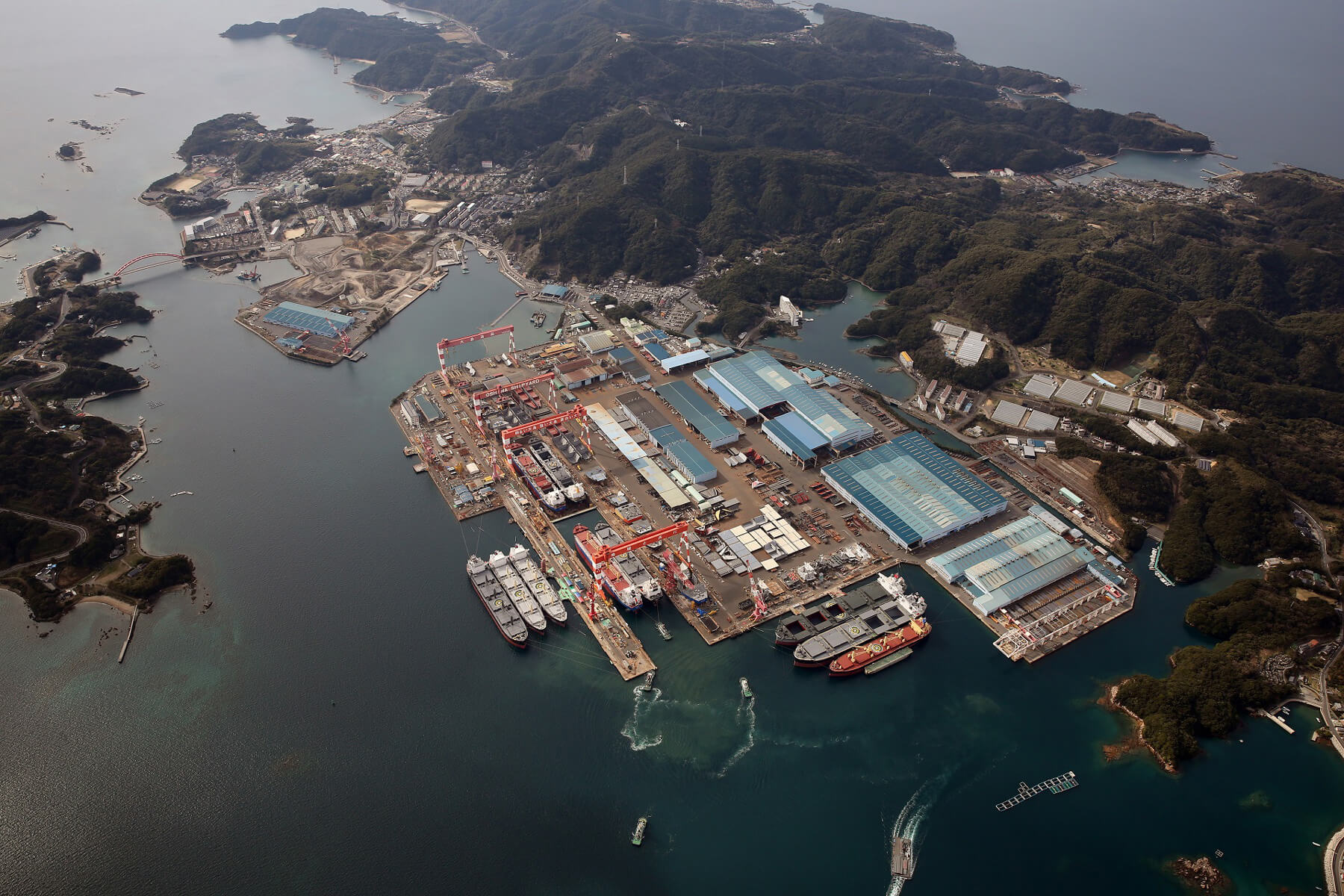
This content was updated in October 2025.

A key industry for Japan’s postwar economy
Shipbuilding was a key industry supporting the economic development of Japan after WWII. In 1956, Japan became the world’s largest shipbuilder, eclipsing the UK, which had reigned supreme in the industry until that time. In the 1960s, the Japanese shipbuilding industry further flourished, accelerating the country’s rapid economic growth. Although overtaken first by South Korea and then by China after the turn of the millennium, Japan remains the third largest shipbuilder in the world by tonnage.
Sumitomo Corporation established a ship division in the late 1960s. The division started out supplying materials and equipment to shipyards, and later began to sell completed ships. In the early 1970s, Sumitomo Corporation reached an important turning point. In 1971, we were consulted by an Osaka-based shipbuilding company on constructing a new factory. After inspecting the projected site in Oshima Town, Nagasaki Prefecture, Sumitomo Corporation decided to participate in managing the factory in cooperation with Sumitomo Heavy Industries, a Sumitomo Group company.
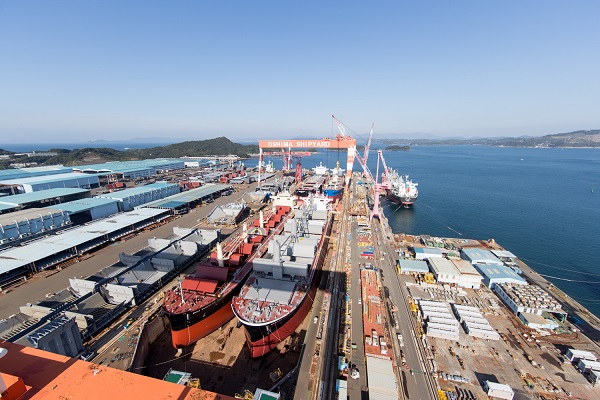
Oshima had been a flourishing coal mining center until the coal mine was closed down. In light of the devastation brought about by the closure, the town was seeking a new local industry. The correspondence between the shipbuilding company’s need for a large factory site and the local community’s need for a new industry resulted in the establishment of Oshima Shipbuilding, a new company based in the town.
Among the most productive shipyards in the world
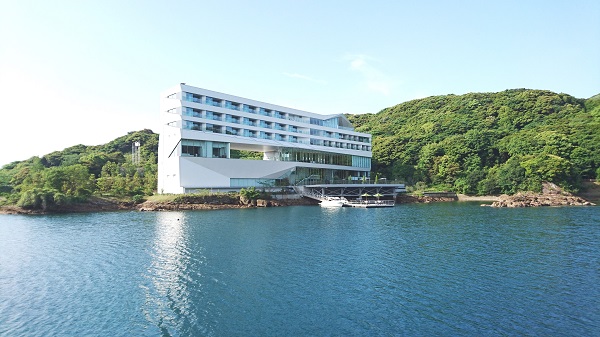
Oshima Shipbuilding, founded with the joint investment of Sumitomo Corporation and Sumitomo Heavy Industries in 1973, launched its first ship in 1975.
Ships are broadly classified into cargo ships and passenger ships. Cargo ships are classified further into tankers for carrying liquids, container ships, bulk carriers for carrying solid materials including coal, iron ore and grain, and other ships. Oshima Shipbuilding has specialized in building bulk carriers, which are the most versatile of all these types. From its extensive shipyard extending over an area of 1,110,000 m2, the company annually builds and launches nearly 40 huge ships measuring 230 m in length.
Unlike ordinary large shipyards, which can have anything from several to more than 10 docks, the Oshima Shipbuilding shipyard has only one dock. It is the world’s only single-dock shipyard able to build nearly 40 ships a year. Factors behind the high productivity of the shipyard include its concentration on building bulk carriers, know-how borrowed from other manufacturing industries including the automobile industry, and its giant crane, which can suspend and raise loads of 1,200 tons.
Another prominent feature of the Oshima Shipbuilding shipyard is the collaborative relationship the company has nurtured with the local community since its founding. After a ship is completed, the company hosts a grand naming ceremony, with the ship’s owner in attendance as an invited guest. At the ceremony, children from local kindergartens and a Japanese drum group give performances to entertain the customer in collaboration with Oshima Shipbuilding employees. The organizing of such events almost 40 times a year is unheard of at other shipyards.
In 2022, Oshima Shipbuilding acquired the Koyagi Shipyard, featuring a 950,000-square-meter site and one of Japan's largest docks – one kilometer in length – marking the start of a multi-shipyard operation. Moving forward, Oshima Shipbuilding aims to meet domestic and international demand through the development and manufacturing of next-generation fuel ships, environmentally compliant vessels, fuel tanks and floating structures, while further contributing to regional economies and the transition to a decarbonized society.
Combining technological expertise with the Group’s integrated corporate strength
In the ship business, Sumitomo Corporation not only supplies materials and equipment or builds and sells ships, but has also been acquiring its own fleet for operational purposes since 1996. Shipbuilding in cooperation with Oshima Shipbuilding has continued to be one of the most important pillars supporting these ship-related business activities of Sumitomo Corporation.
Cargo ships play an important role in carrying resources, food and energy to support daily life, with maritime shipping by vessels handling over 99% of Japan's imports and exports. Although the Japanese population has already begun to decline, the world population is still growing, entailing predictable further growth in demand for ships. Further, replacement demand for existing and aging vessels to meet environmental regulations, including decarbonization, is also expected to continue increasing.
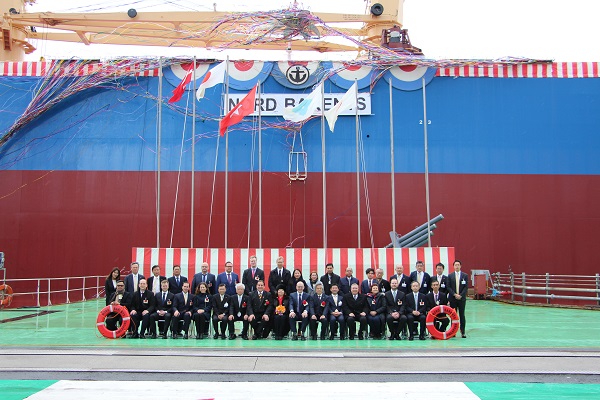
There is only one global shipbuilding market. About 60% of Oshima Shipbuilding’s customers are from areas outside Japan. To survive the global competition, a company must be adept at sales to ensure highly profitable orders, have integrity to enable transactions with companies around the world, and possess underlying funds to support business activities. In demonstrating this kind of competitive prowess in the global market, the technological expertise of Oshima Shipbuilding supported by the integrated corporate strength of the Sumitomo Corporation Group serves as an ideal combination.
Aiming to establish a system for more productive shipbuilding taking advantage of digital technologies
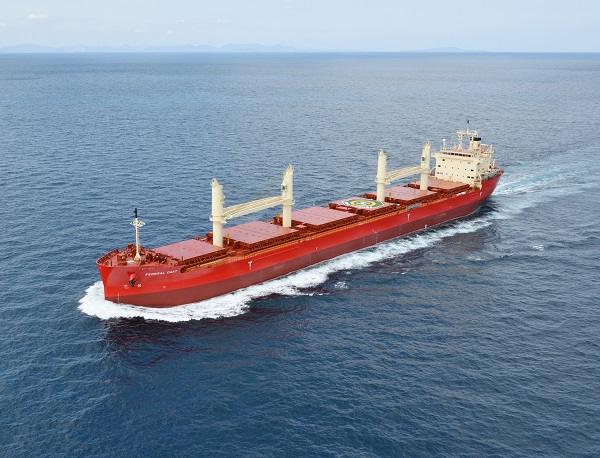
Sumitomo Corporation is promoting the use of digital technologies through cooperation among relevant organizations. Digital transformation in the area of manufacturing is expected to serve as an optimal solution for the declining birthrate and population, a major challenge faced by Japanese society.
Because the products of the shipbuilding industry are so physically huge, the processes and equipment used in their production are of a similarly massive scale. The production process is therefore viewed as difficult to automate with digital technologies.
To survive the era of a slowing birthrate and resulting labor shortage, Oshima Shipbuilding is nonetheless striving to transform its yard into a smart factory based on digital technology to enhance both productivity and product quality. We will construct business models for a new era through a combination of digital transformation – toward which Sumitomo Corporation is making dedicated efforts – and initiatives taking place at Oshima Shipbuilding.

